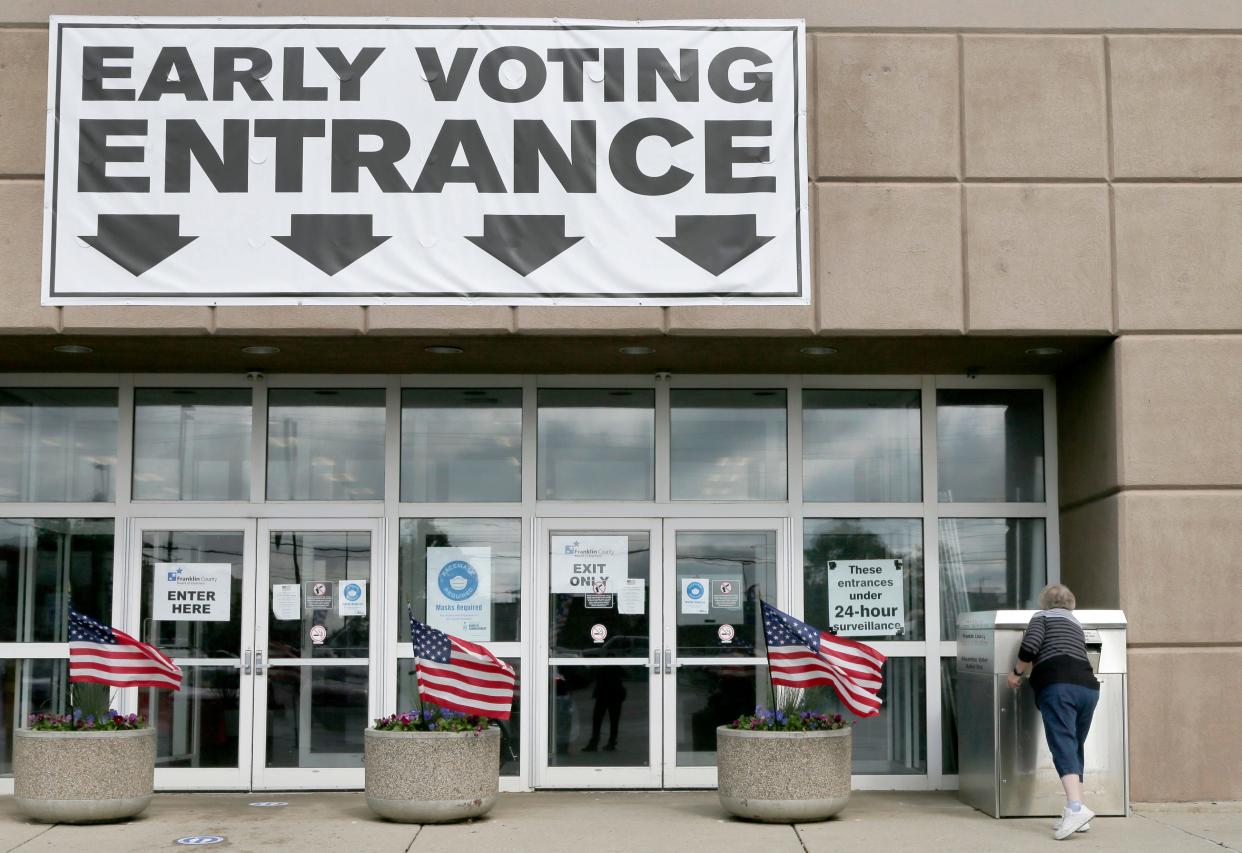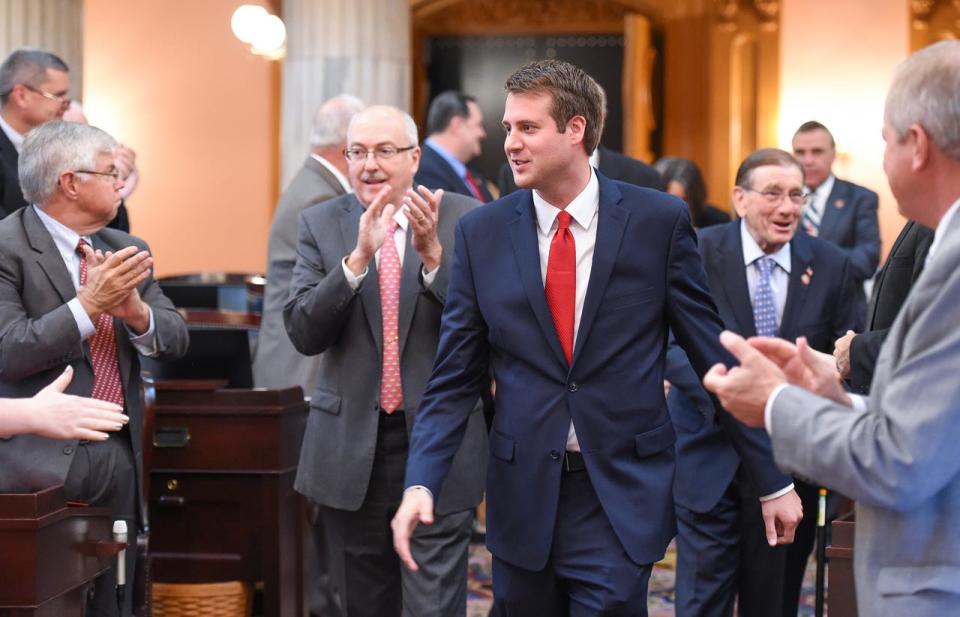Suddes: Republican lawmakers betting Ohioans won't vote in August

Thomas Suddes is a former legislative reporter with The Plain Dealer in Cleveland and writes from Ohio University. tsuddes@gmail.com
The 111-year old right Ohio voters have to amend the state constitution may hinge on horse-trading this week among General Assembly Republicans, whose antics are aimed at weakening the ballot-box power of Ohio’s voters. The pivotal issue: Abortion.
Backdrop: Pro-abortion-choice petitioners hope to ask voters in November to entrench a right-to-abortion amendment in the Ohio Constitution.
A Republican legislative faction, mobilized by the anti-abortion movement, wants to stack the deck against the right-to-abortion amendment by changing the rules — in midstream — for placing and ratifying voter-petitioned constitutional amendments on Ohio’s statewide ballot.
Our view: 'Hastily prepared,' undemocratic constitution change would erode your vote
Amendments now require the votes of 50% plus one of those voting on them. Senate Republicans, and many House Republicans, want to require a 60% majority. (Pro-abortion ballot issues in other states have often passed with majorities that are less than 60%.) Secondly, anti-abortion Republicans want to make it tougher for petitioners to gather sufficient signatures.

Third, and crucially, to impose the 60% requirement on a (likely) November pro-abortion amendment, anti-abortion Republican want to spend $20 million on a special August election to impose the 60% minimum margin before November’s balloting.
A (possibly) low-turnout August election is a much-desired goal of anti-abortion GOP legislators, on the evident theory that anti-abortion voters will be more motivated than pro-abortion rights voters to turn out amid vacation season.
Thomas Suddes: Frank LaRose wants to rewrite history to hijack your century-old right
The Senate, led by President Matt Huffman, a Lima Republican, has passed both the proposal making it harder to amend the constitution and scheduling an August election. (Republican Gov. Mike DeWine supports both measures.)
The two proposals are now pending in the House, led by Speaker Jason Stephens, a Republican from Lawrence County’s Kitts Hill. The House is composed of 65 Republicans and 32 Democrats; two more GOP-held House seats are vacant.
Letters: New Ohio bill that would prohibit 'discomfort' should make you VERY uncomfortable
But Stephens is facing a dilemma. Under House rules, the speaker pretty much determines whether something ever comes to a vote, so rollcalls on the two anti-abortion and election measures won’t happen unless he agrees.
And last June, Stephens hailed the U.S. Supreme Court’s Dobbs vs. Jackson Women’s Health Organization decision, which overthrew Roe vs. Wade. (Roe, decided in 1973, had determined that women had a constitutional right to seek abortions.)
“Today, we celebrate a victory for the sanctity of innocent human life. I commend the United States Supreme Court for overturning Roe v. Wade and thank the pro-life movement for their unwavering commitment that led to today’s historic decision,” Stephens said in June. “I am honored to serve with the women and men in the Ohio House of Representatives who remain steadfast in their pro-life principles, and I look forward to continuing to work with them to pass legislation to protect life here in Ohio.”

But: Thanks to a split in the House GOP caucus, Stephens — with 50 votes required — was elected speaker with the votes of all 32 House Democrats, and 22 House Republicans. With two Republicans absent, the remaining 43 Republicans voted instead for suburban Toledo Republican Rep. Derek Merrin for speaker.
For the House to place the proposed 60% on the ballot requires 60 (or one theory has it, 59) House votes. As noted, Republicans now occupy 65 House seats. But maybe a half-dozen House Republicans are leery of an August election’s $20 million tab or an abortion ban.
More: Cynical lawmakers want to change rules midstream to give them more power, you less| Opinion
Finally, as a practical matter, Stephens needs House Democratic votes to keep the speakership. No Democrat in the legislature will vote for the 60% amendment or an August election. (But Democrats aren’t going to hand the House gavel to Merrin either.)
Of course, all that assumes that there are in fact 60 votes in Stephens’s caucus for the 60% amendment — which is by no means clear — and that Stephens will open the way for an August election.
At this writing, a possible outcome: (a) no August election; (b) a November head-to-head election on the pro-abortion initiated amendment and the 60% GOP amendment; and (c) a no-holds-barred donnybrook, like none seen for decades, leading up to November’s election,
Thomas Suddes is a former legislative reporter with The Plain Dealer in Cleveland and writes from Ohio University. tsuddes@gmail.com
This article originally appeared on The Columbus Dispatch: Make no mistake, abortion the reason for House Joint Resolution 1

